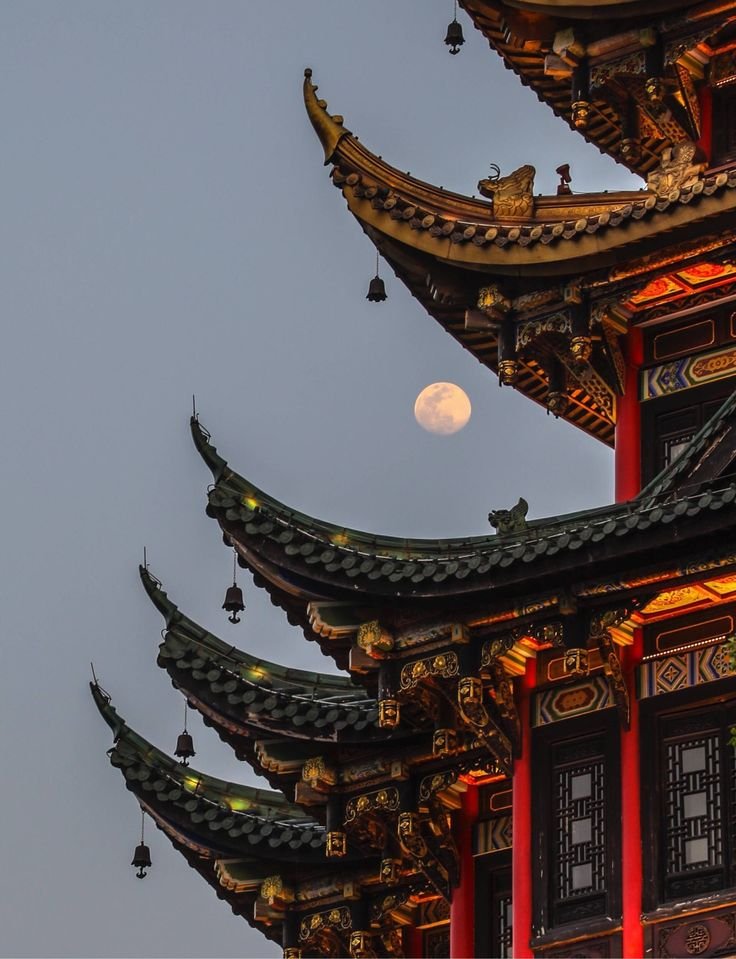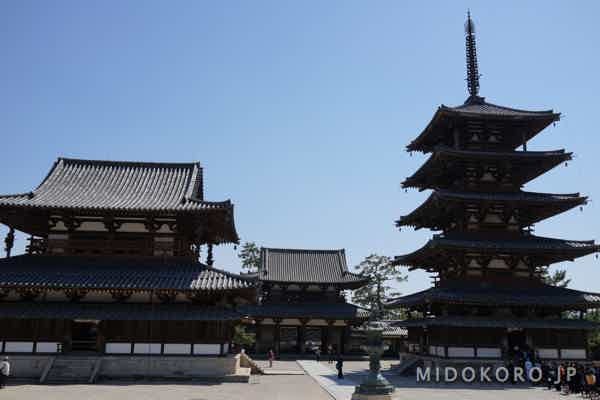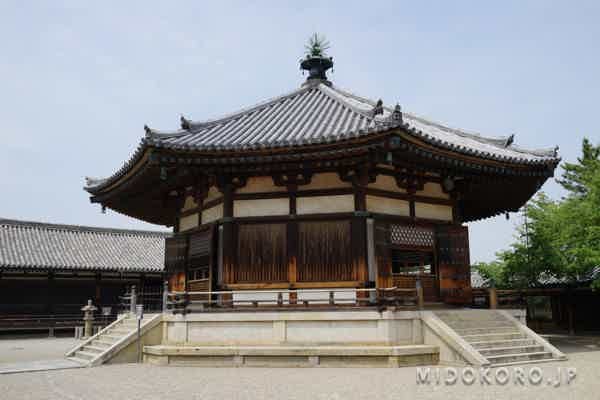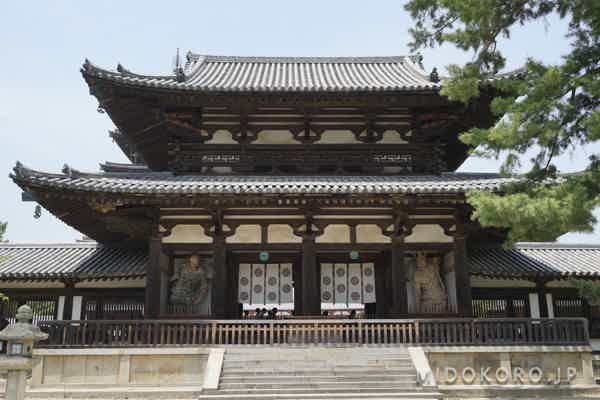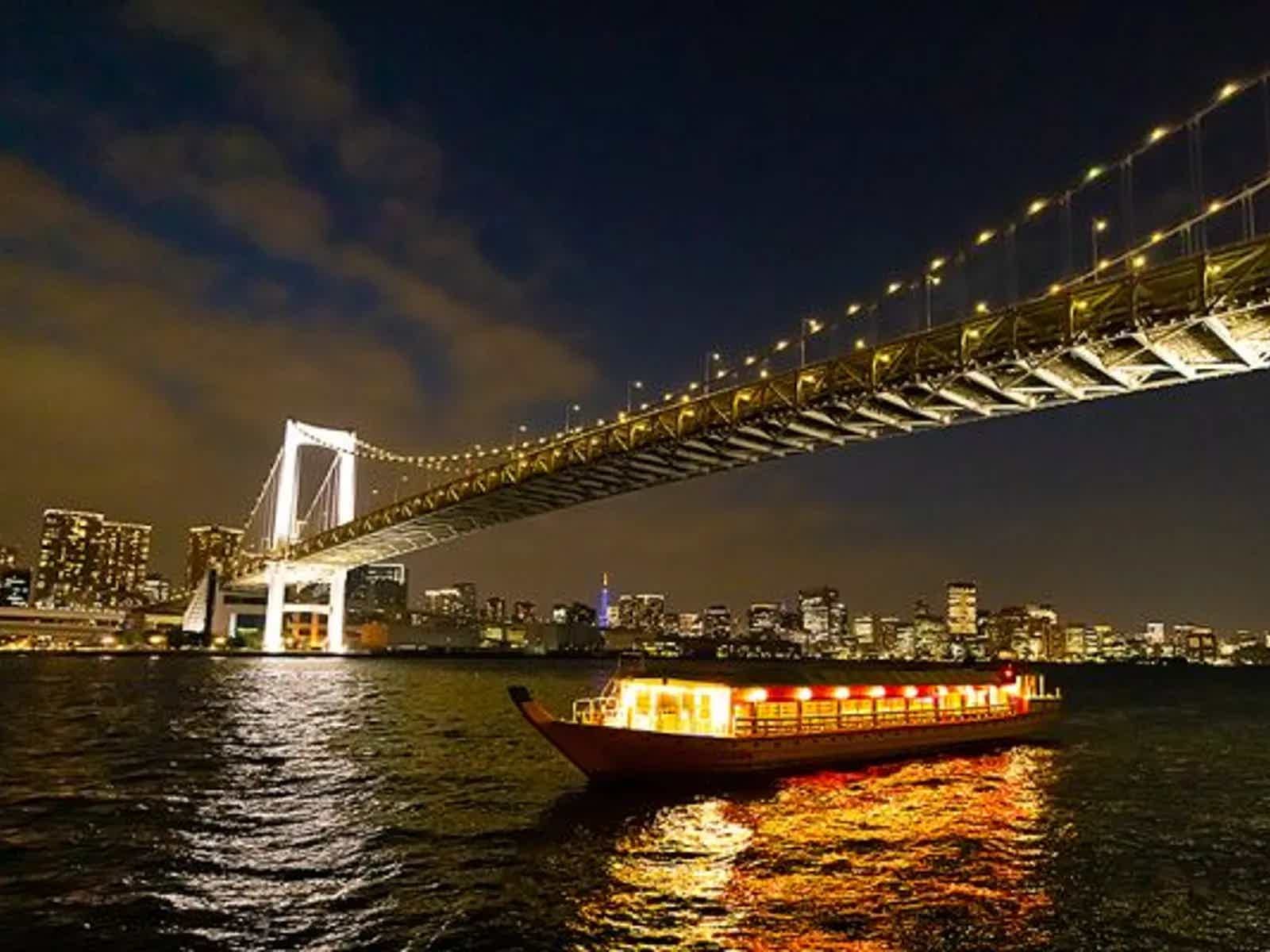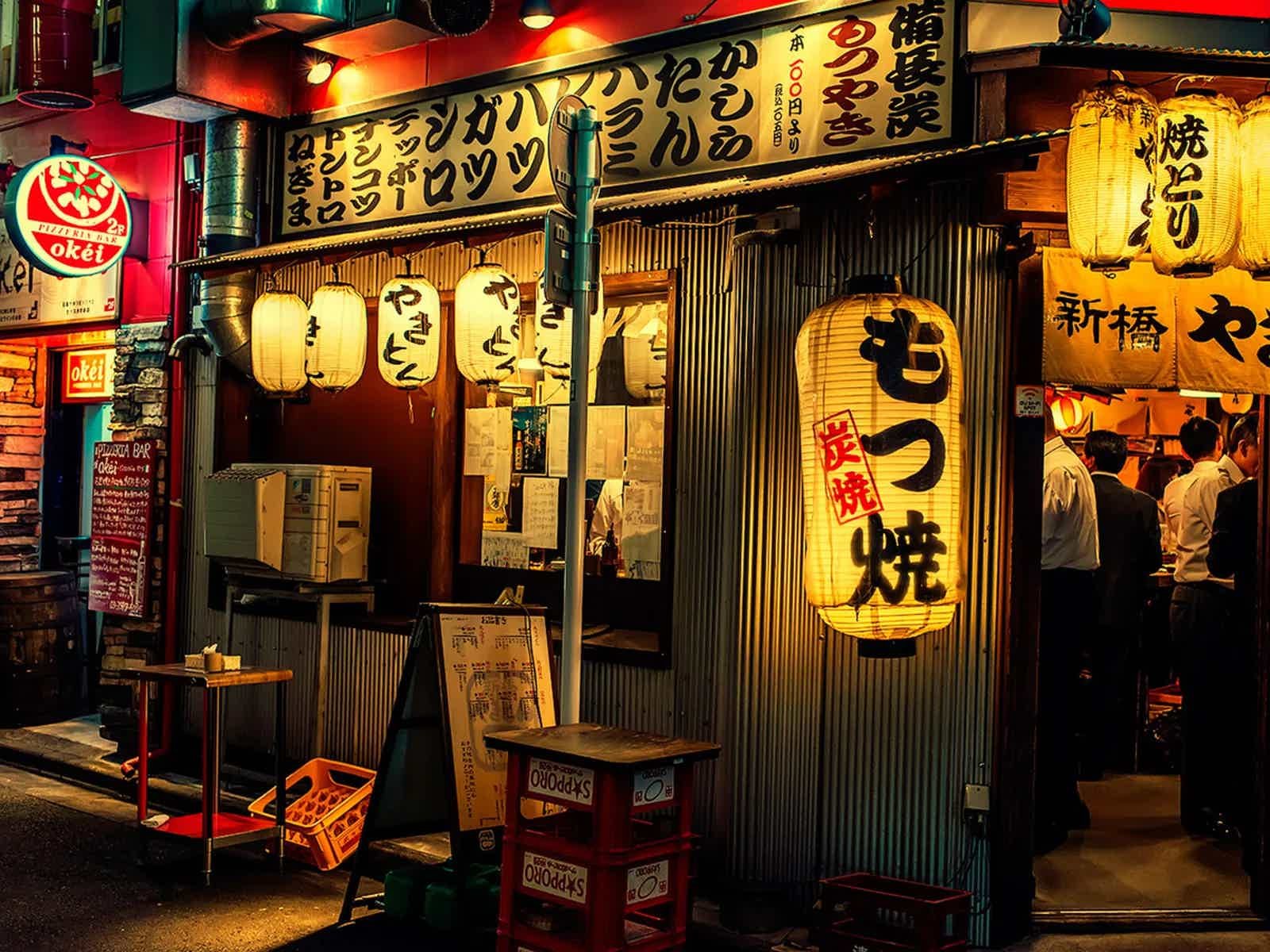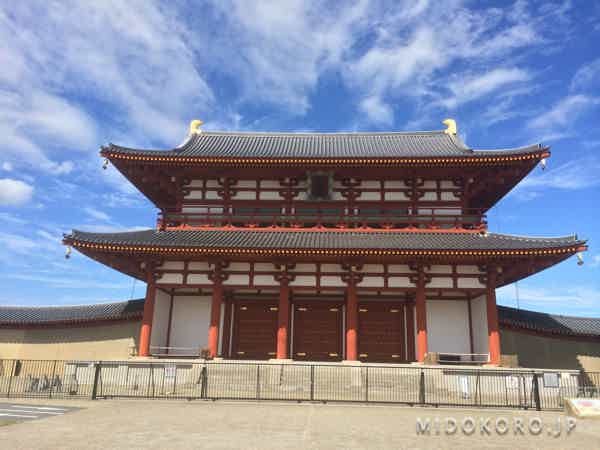
About
An introduction to the history of the first Japanese capital, the ancient city of Heijo-kyo, now known as Nara Prefecture, begins with a visit to the preserved excavations of the Forbidden City, where majestic government buildings and defensive structures once stood.
Now, on the site of the Midokoro palace complex, there is a huge vacant lot, on which well-preserved stone foundations of the supporting pillars of the buildings are visible here and there. From them, the exact layout and purpose of the buildings were established, two of which were even restored several years ago using old construction equipment. These are the audience hall and the main gate of the complex. After getting acquainted with the history of the emergence of the Japanese state and the ancient city of Heijo, we will move to one of the main world monuments of wooden architecture – the Horyuji temple complex, included in the list of UNESCO World Heritage Sites, because it is here that the oldest original wooden buildings in the world have been preserved, dating back to the beginning of the eighth century. Having become acquainted with the masterpiece of Japanese and world architecture and the history of the penetration of Buddhist teachings into Japan, you will be able to contemplate one of the three most mysterious smiles in world art: you probably remembered the first two yourself – these are the smiles of the Sphinx and the smile of the Mona Lisa, the third awaits you within the limits of Ikaruga. After visiting Ikaruga, we will take a walk through the famous Nara Deer Park, inhabited by a herd of divine deer, messengers of the Kasuga-taisha shrine, also famous for several thousand stone and bronze lanterns. Not far from the Isidoro grove of stone lanterns stands the main Buddhist cathedral of Japan from the 8th century, rebuilt several times since then, but still remaining the largest wooden building in the world. The statue of the Great Buddha Maha-Vairocana, one of the three great Buddhas of Japan, is a living witness to the history of the Japanese state, its rise and fall; it still attracts hundreds of thousands of believers from all over Japan and the countries of the Buddhist world. Tourists are interested in squeezing through the hole of the “Buddha’s ear” in order to become even happier and smarter – if not in this life, then in the next.
